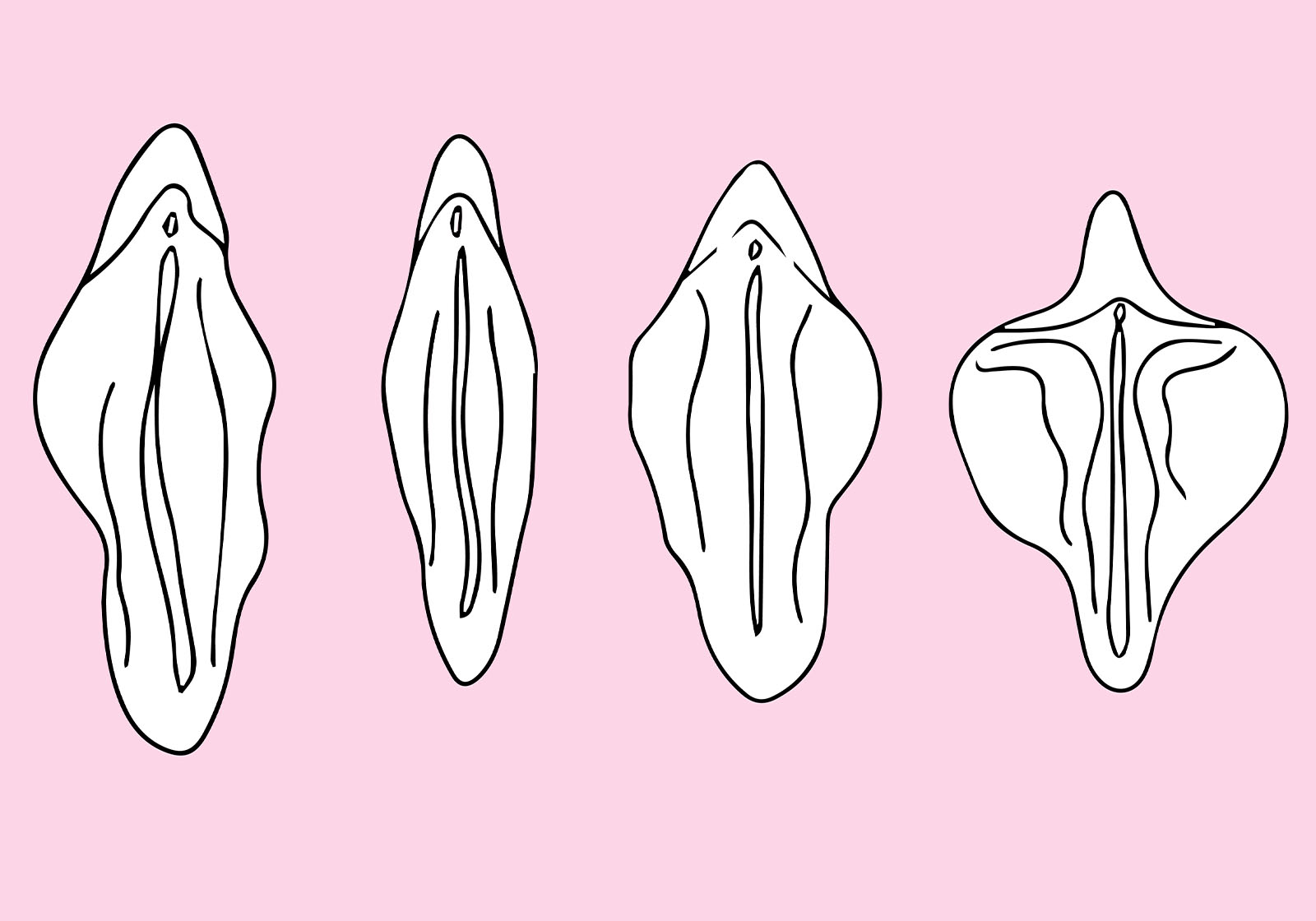Knowing Your Body: How to Educate Yourself About Vulva and Vagina Health

There’s a quiet irony in how little most women know about their own anatomy. Despite a world saturated with wellness advice and “feminine care” marketing, few can accurately point to the difference between the vulva and the vagina, let alone understand what constitutes normal versus concerning. The truth is, much of what women think they know about their intimate health comes from second-hand myths, vague health classes, or misleading online content.
Educating yourself about vulva and vagina health isn’t about obsession—it’s about reclaiming clarity in an area too often clouded by embarrassment and misinformation. Here’s how to start building that knowledge base with accuracy, curiosity, and confidence.
1. Start With the Basics: Learn the Anatomy
Most confusion starts with language. The vulva is the external part—the visible area that includes the labia majora, labia minora, clitoris, urethral opening, and vaginal opening. The vagina, on the other hand, is the internal muscular canal that connects the vulva to the cervix and uterus.
Understanding this distinction matters. When women describe “vaginal itching,” they may actually be referring to irritation on the vulva. That small distinction affects diagnosis, treatment, and how medical professionals interpret your symptoms.
A good starting point is to look at an accurate medical diagram or even a 3D model (many sexual health clinics or anatomy education websites provide them). Avoid stylized drawings or “beautified” versions—they often omit the diversity of appearance that real women have.
2. Learn What’s Normal—And What’s Not
No two vulvas look alike. Differences in size, color, symmetry, and shape are normal and healthy. Yet, many women grow up comparing themselves to filtered images or pornographic ideals, which tend to present a narrow and unrealistic version of female anatomy.
A healthy vulva can be light pink, brown, purple, or reddish. The labia may be tucked neatly or extend outward. What matters more is not how it looks, but how it feels—pain, burning, swelling, or unusual discharge are signals worth investigating.
When it comes to vaginal health, discharge is one of the most misunderstood aspects. Clear or whitish discharge that varies throughout the menstrual cycle is normal. It serves as a self-cleaning mechanism, keeping the vaginal environment balanced. However, a strong fishy odor, thick cottage cheese–like texture, or grayish tone could indicate bacterial vaginosis or yeast infection.
The rule: Know your baseline. Once you understand what’s normal for you, you’ll recognize changes faster.
Quick-Start
What to do
- Learn basic anatomy terms
- Track cycle and symptoms
- Bookmark 3 reputable sources
- Prepare two questions per visit
Avoid
- Internal washing and scented products
- Self-diagnosing persistent symptoms
- Anecdotal cures without evidence
Tools: notes app or journal, reputable clinic websites, appointment checklist.

3. Separate Myth from Medicine
Misconceptions about the vulva and vagina are stubborn. Here are some of the most common—and why they’re wrong:
-
Myth: The vagina needs to be washed internally with soap.
Fact: The vagina cleans itself naturally. Washing inside can upset the pH balance and cause infections. Stick to mild, unscented soap for the external vulva only. -
Myth: Tightness equals youth or sexual “fitness.”
Fact: Vaginal tone varies based on genetics, hormones, childbirth, and muscle engagement. It’s not a reflection of age or sexual activity. -
Myth: Pubic hair is unhygienic.
Fact: Pubic hair provides a barrier against friction, bacteria, and infection. Grooming is a personal choice, not a hygiene requirement. -
Myth: You can’t get sexually transmitted infections (STIs) through oral sex or without penetration.
Fact: STIs can be transmitted through oral, anal, and genital contact—even with no penetration.
The best way to counter myths is to trace them back to their source. Ask: Who benefits from this belief? Many “feminine care” products, from scented washes to vaginal tightening creams, profit from women feeling insecure about their anatomy.
Myths vs. Facts
| Myth | Fact |
|---|---|
| The vagina must be washed internally with soap. | It is self-cleaning. Use mild, unscented soap externally only. |
| Tightness equals youth or “fitness”. | Tone varies by hormones, genetics and pelvic floor function. |
| Pubic hair is unhygienic. | It reduces friction and acts as a barrier; grooming is optional. |
| STIs need penetration to spread. | Skin-to-skin and oral contact can transmit infections. |
4. Build Your Health Literacy
Understanding medical language gives you power in the exam room. Too often, women accept vague explanations or dismissals from healthcare providers because they feel uncomfortable asking questions.
Here’s how to become your own best advocate:
-
Keep a health journal. Track your menstrual cycle, discharge patterns, libido changes, and any discomfort. Patterns can reveal hormonal shifts or early signs of imbalance.
-
Learn key terms. Words like “atrophy,” “vaginitis,” and “lichen sclerosus” may sound intimidating, but they describe common, manageable conditions.
-
Ask direct questions. Instead of “Is everything okay?” try “What could cause this type of discharge?” or “Can you explain what my pH level means?”
If your doctor brushes off your concerns or avoids explanations, consider a second opinion. Competent gynecological care is a partnership, not a hierarchy.
Health Literacy — Quick Checklist
- Keep a symptom & cycle journal
- Learn 5 key terms (vaginitis, pH, BV, etc.)
- Prepare two direct questions for each visit
- Bookmark three reputable health sources
5. Know When to See a Professional
Self-education doesn’t replace medical advice. Use knowledge as a foundation, not a substitute. Seek medical attention if you experience:
-
Persistent itching or burning
-
Pain during sex or urination
-
Unusual odor or discharge lasting more than a few days
-
Visible sores, lumps, or lesions
-
Irregular bleeding unrelated to your period
Don’t wait until symptoms are severe. Early evaluation prevents complications and reduces anxiety.
Common Questions
How do I know if discharge is normal?
Normal discharge is clear to white and varies through the cycle. Strong fishy odor, gray color, or thick cottage-cheese texture suggests BV or yeast—book an assessment.
Should I use special washes or wipes?
No. Mild, unscented soap on the vulva and water are sufficient. Avoid internal washing to protect pH balance.
When is it time to see a clinician?
Persistent itching, pain, unusual odor or discharge lasting more than a few days, lesions, or bleeding between periods warrant evaluation.
6. Use Technology Wisely
There’s no shortage of online advice about “vaginal detoxes,” “yoni pearls,” and “natural tightening remedies.” Most of it is marketing disguised as education.
Reliable apps can track cycles, ovulation, or symptoms—but be cautious about privacy and data sharing. Read the app’s terms before entering intimate details.
Podcasts, reputable medical YouTube channels, and certified sex educators can be excellent sources of information. Look for credentials: a medical degree, certified sexual health educator title, or affiliation with a hospital or academic institution.
Avoid forums where anecdotal advice replaces medical fact. Experiences can be useful, but they’re not universal truth.
“Knowledge isn’t radical—it’s practical. Clarity replaces confusion when you learn how your body actually works.”
— Clara Voss
7. Talk Openly—Even When It Feels Uncomfortable
Silence sustains misinformation. Discussing vulva and vagina health openly—with friends, partners, or daughters—helps normalize the topic.
Start small. Share a reliable article or mention a fact you learned. If you’re a parent, use proper terms with your children. Calling anatomy by its real name teaches body respect and fosters a healthy understanding from an early age.
Men should be part of the conversation, too. Understanding women’s anatomy and its health needs encourages empathy, respect, and better communication in relationships.
8. Don’t Chase Perfection
Your goal isn’t to become an expert overnight. The female reproductive system is complex and constantly changing. Menstruation, pregnancy, menopause, and even stress can influence its balance.
Educating yourself isn’t about achieving a “perfect” state of health—it’s about developing awareness and confidence. The more you understand your body, the less likely you are to fall for fear-based marketing or social myths.
In Brief
- Vulva = external; vagina = internal
- Normal varies widely—know your baseline
- Gentle external hygiene protects balance
- Track patterns; seek care for persistent changes
Final Thought
Knowledge is not radical—it’s practical. Learning about your vulva and vagina doesn’t need to be wrapped in slogans or shame. It’s a simple, rational act of self-respect. Once you understand how your body works, you’ll realize that the real power has been there all along: clarity, not confusion.
Disclaimer: The articles and information provided by the Vagina Institute are for informational and educational purposes only. This content is not intended to be a substitute for professional medical advice, diagnosis, or treatment. Always seek the advice of your physician or another qualified health provider with any questions you may have regarding a medical condition.


 English
English  Deutsch
Deutsch  Español
Español  Français
Français 




